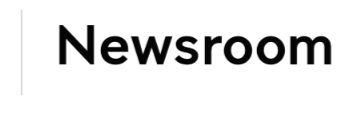Sydney’s Intercultural Film Festival is new and brave, but can it work?
Sydney's inaugural Intercultural Film Festival risks collapsing into irrelevance unless it gets the organisational basics right and defines its stories of multiculturalism, writes Greg Dolgopolov.


